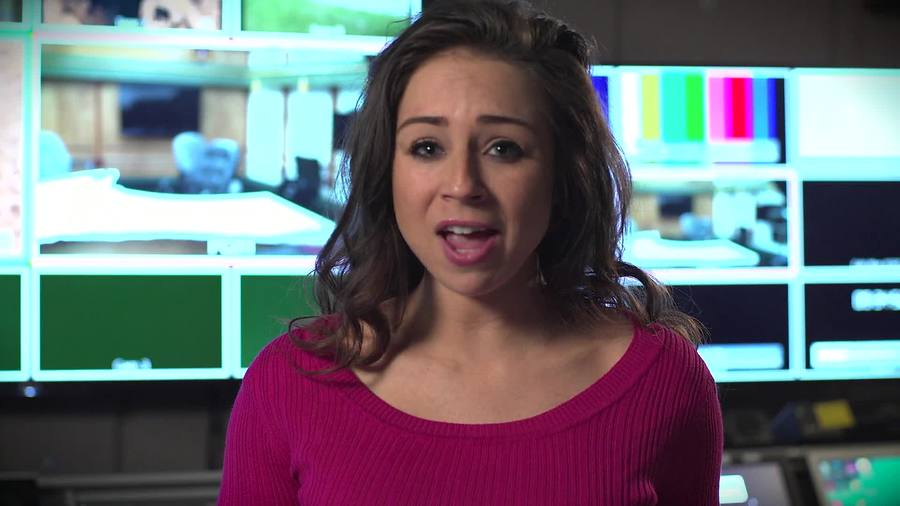Types of Misinformation & Disinformation
There are four broad categories of fake news, according to media professor Melissa Zimdars of Merrimack College.
CATEGORY 1: Fake, false, or regularly misleading websites that are shared on Facebook and social media. Some of these websites may rely on “outrage” by using distorted headlines and decontextualized or dubious information in order to generate likes, shares, and profits.
CATEGORY 2: Websites that may circulate misleading and/or potentially unreliable information
CATEGORY 3: Websites which sometimes use clickbait-y headlines and social media descriptions
CATEGORY 4: Satire/comedy sites, which can offer important critical commentary on politics and society, but have the potential to be shared as actual/literal news
No single topic falls under a single category - for example, false or misleading medical news may be entirely fabricated (Category 1), may intentionally misinterpret facts or misrepresent data (Category 2), may be accurate or partially accurate but use an alarmist title to get your attention (Category 3) or may be a critique on modern medical practice (Category 4.) Some articles fall under more than one category. It is up to you to do the legwork to make sure your information is good.
Many of these tips were taken from this LibGuide. The tips are used with permission from the creator of the LibGuide.
Why Do Our Brains Love Fake News
How to Spot Fake News

Birds Aren't Real? How a Conspiracy Takes Flight
Audio on Misinformation and Disinformation
Introduction to Misinformation & Disinformation
“If you have a society where people can’t agree on basic facts, how do you have a functioning democracy?”
Martin Baron, Washington Post executive editor as quoted in Media's Next Challenge: Overcoming the Threat of Fake News by Jim Rutenberg New York Times Nov. 6, 2016
How to Spot Misinformation
Tips to spot misleading posts
1: Check the source - the closer you can get to the original source of information the better.
2: Look at how the post is written - misinformation posts often lack polish.
3: Read beyond the headline - posts rely on clickbait headlines to pull you in.
4: Look for more sources - look for more reporting from news outlets or use factchecking sites.
5: Check in with sources you trust - keep up with reporting on topics that are important to you.
How to Spot Fake News - FactCheck.org
Quoted from the video: Points to consider when evaluating news sources:
1. Consider the source
2. Read beyond the headline
3. Check the author
4. What's the support?
5. Check the date
6. Is this some kind of a joke?
7. Check your biases
8. Consult the experts
Breaking News Consumer's Handbook
 From WNYC's On the Media. Listen to the entire podcast here.
From WNYC's On the Media. Listen to the entire podcast here.
Know Your News Source
Librarian
How to understand Misinformation, Disinformation and Malinformation
Websites on Misinformation and Disinformation
Test Yourself: Misinformation and Disinformation Quizzes
How to Recognize Fake News
How to Recognize Fake News Video Series
Think of fake news as a disease. This video series will equip you with tools to spot the stories and images that are false, biased, altered or slanted, even those shared by trusted friends or family. Easy tips to detect and check fake news will encourage scrutinizing material for opinion, inaccuracy or misrepresentation. Learn how to avoid being duped by fake news and know what’s real and what’s not.
Click the picture below to launch the videos. If you are off campus you will be prompted to log in with your UA-PTC Portal User Name and Password.
Is it CRAAP?

“Media Bias Handout" 2019 by Ame Maloney under "Creative Commons Atribution-NonCommercial 4.0"

